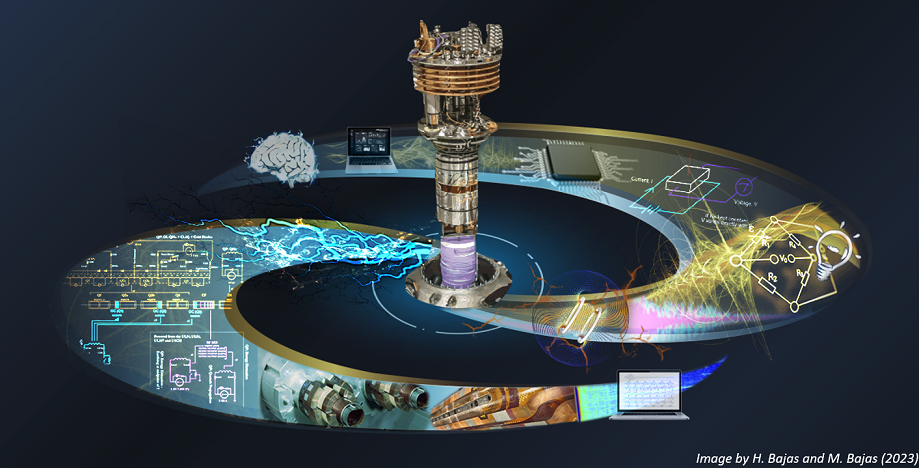Speaker
Description
About the lecture:
Coupling-Loss Induced Quench (CLIQ) is a quench protection method for superconducting magnets developed at CERN, which relies on a capacitive discharge unit introducing an oscillation of the transport current in the superconducting cable of the coil. The resulting fast change of the local magnetic field introduces a high coupling-current loss, which, in turn, causes a fast quench of a large fraction of the coil due to enhanced temperature.
The External coil CLIQ (E-CLIQ) relies on a capacitive discharge through a resistive coil magnetically coupled with the solenoid but external to it. Various versions of this method (with other naming) were proposed in research institutes, and also at CERN.
This training will introduce the working principles of the CLIQ and E-CLIQ methods, evaluate their advantages and disadvantages, and highlight the key parameters affecting their performances. Furthermore, a selection of past applications will be presented to identify different CLIQ configurations and electrical circuits. Finally, practical recommendations will be provided to magnet test engineers preparing a test facility including CLIQ and testing magnets with a CLIQ unit.
About the speaker:
Emmanuele Ravaioli defended his PhD in applied physics at the University of Twente in 2015. He has worked on superconducting magnet quench protection, multi-physics modeling, and circuit design since 2009, at CERN and at the Lawrence Berkeley National Laboratory. He is currently co-owner of the STEAM project.
